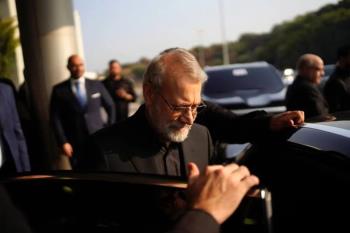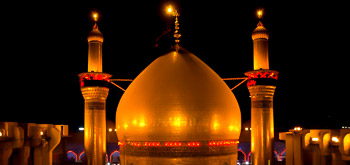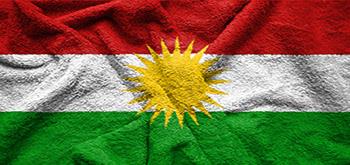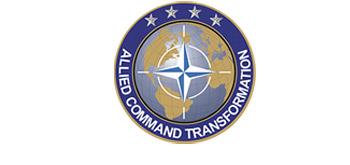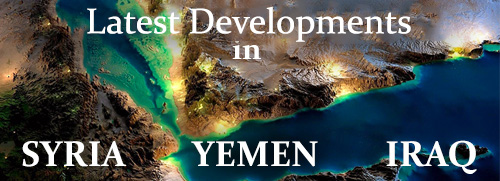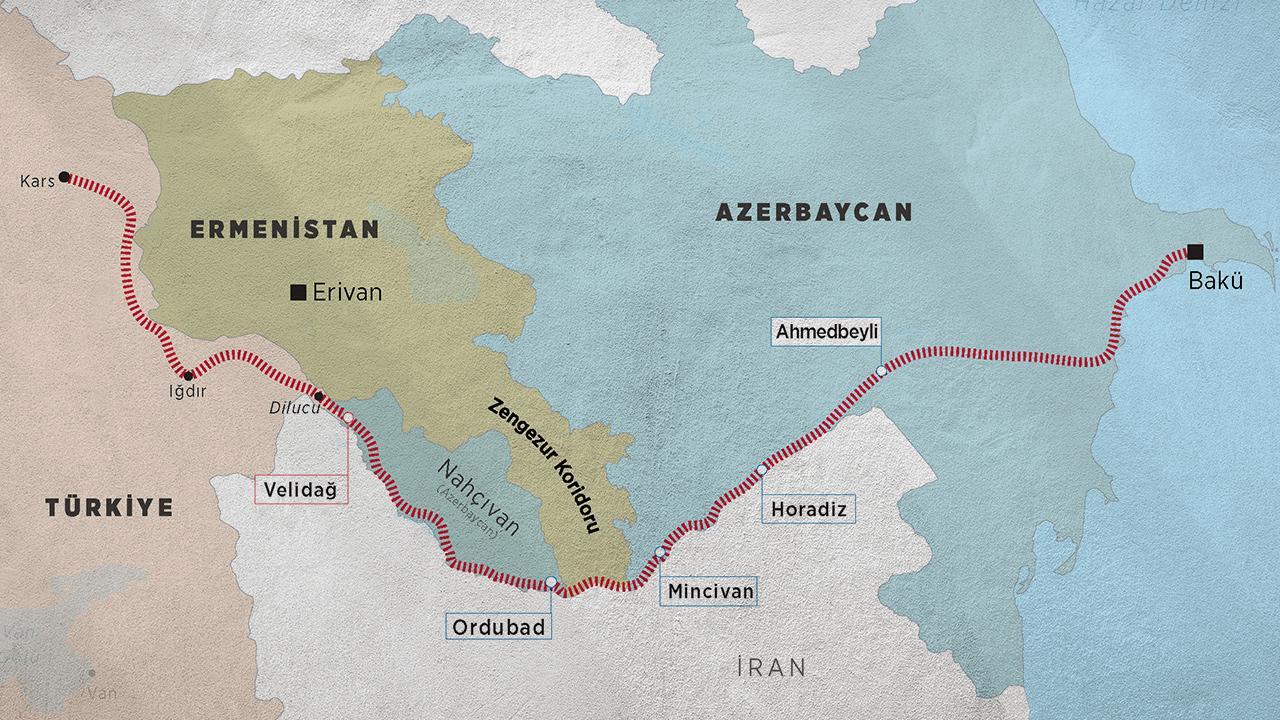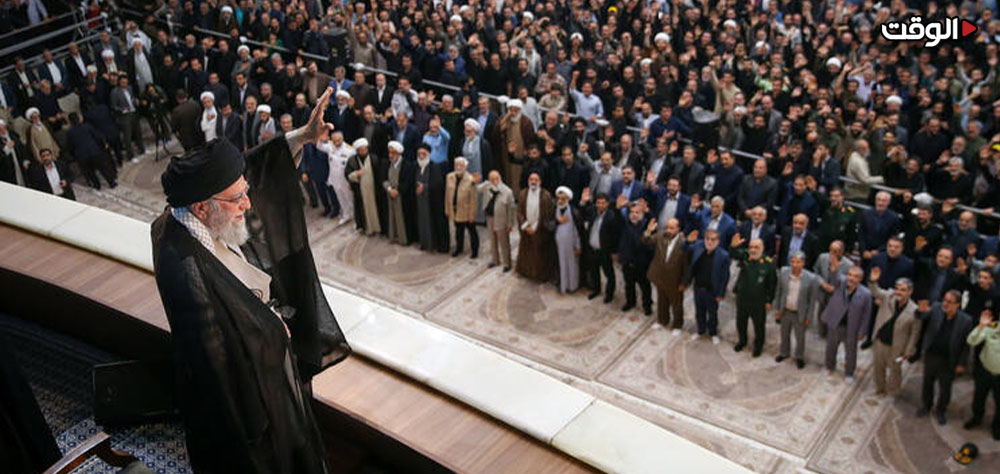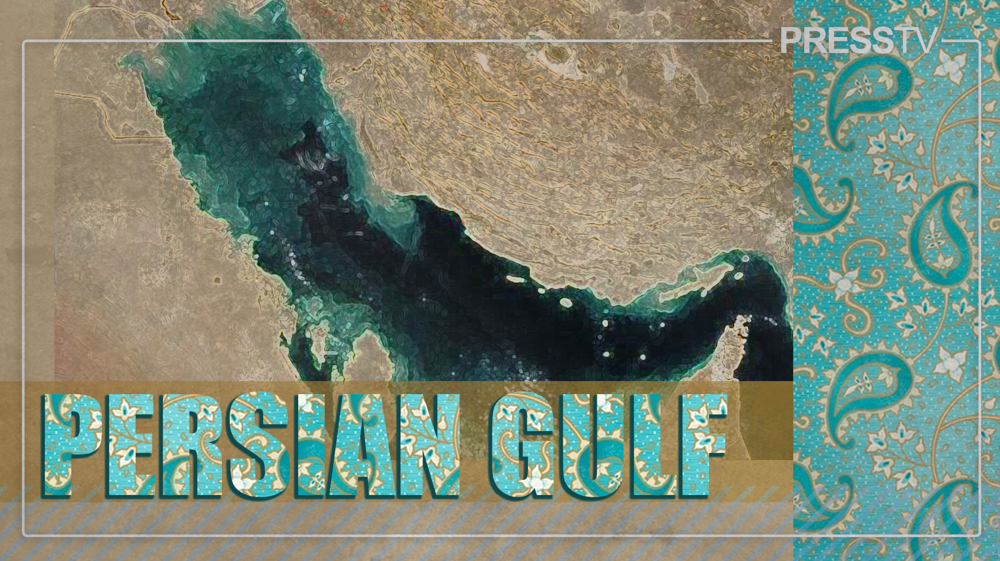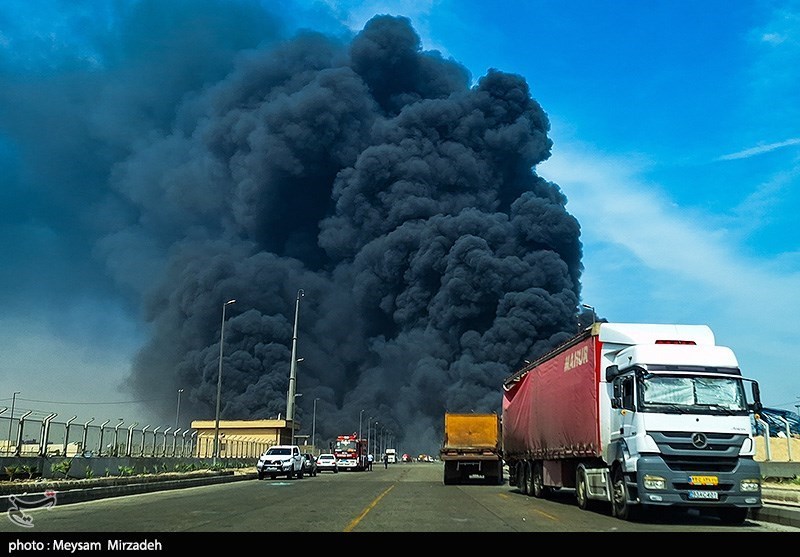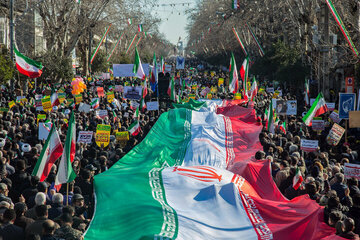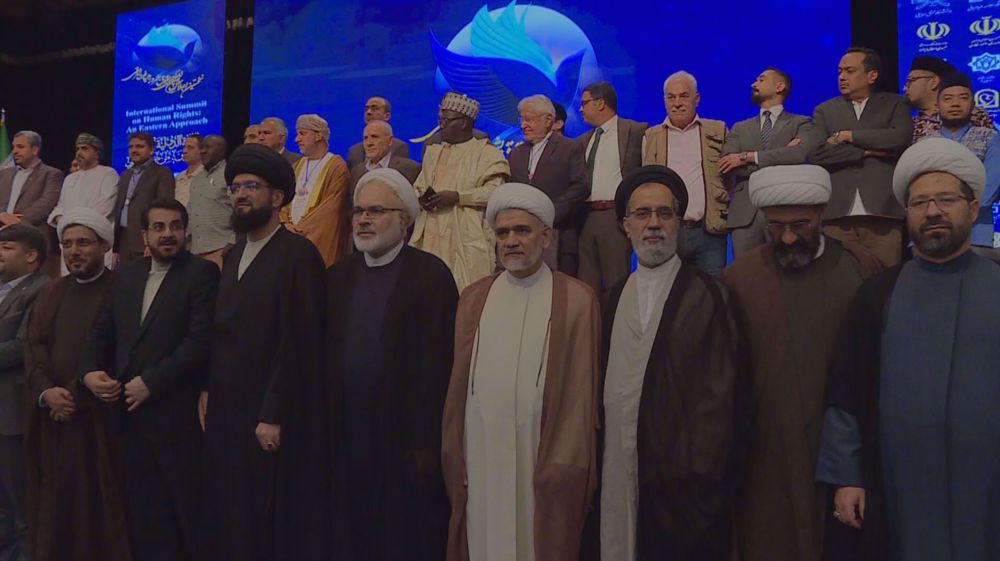Alwaght- The Zangezur Corridor, also dubbed Trump Route for International Peace and Prosperity (TRIPP), after its recent unveiling at the White House has become a contentious geopolitical and economic project in the South Caucasus. Championed primarily by Azerbaijan and Turkey, the corridor aims to link mainland Azerbaijan to Nakhchivan and onward to Turkey. For Baku, however, this is more than just a transit route ; it is a strategic tool to reshape the region’s geopolitical landscape.
Despite this ambitious narrative, the operationalization of the corridor, which ostensibly aims to achieve economic goals, faces serious barriers. Despite the peace agreement in the Caucasus, historical disputes between Armenia and Azerbaijan continue to increase the possibility of further border tensions or political pressure, making the route unsafe for investment and sustainable trade. Also, building and equipping land and rail routes in the mountainous regions of Syunik province of Armenia and other parts requires heavy investment and a long time.
Also, the logistics, customs, and transportation infrastructure along the route must be coordinated to ensure smooth and cost-effective trade flows, which the Caucasus routes currently lack.
These are not the only obstacles to Baku’s ambitions; the most significant obstacle facing the corridor is the lack of regional consensus on its necessity and benefits.
Conflict of interests of actors in Zangezur Corridor
Although Baku and Ankara advocate the Zangezur Corridor and highlight its economic advantages—like lower transport costs, boosted trade, and a key role in transit networks—the region's geopolitical realities and deep-seated distrust, fueled by unresolved disagreements over the project's true aims, create political and security hurdles too significant to overcome.
The concerns of key players, including Iran, Russia, and Armenia, and on the other hand, China, have seriously cast doubt on the prospects for achieving the economic goals of the project.
Iran sees the corridor not as an economic route, but as a threat to its geopolitical position and traditional role in East-West transit. From Tehran’s perspective, any change in the transportation map of the Caucasus that limits Iran’s connection with Armenia targets its vital interests.
If the corridor is formed as a cross-border route , as desired by Baku and Ankara, Iran’s direct connection with Armenia will be cut off or limited, which is Tehran’s only land route to the Caucasus, the Black Sea, and Europe. Such a change would remove Iran from its pivotal position on transit routes and increase Turkish and even NATO influence on Iran’s northwestern borders. For this reason, Tehran has repeatedly emphasized that any change in the region’s geopolitical borders is its red line and will only agree to routes under Armenian sovereignty.
Therefore, Iran not only does not support such a project, but has explicitly warned that it will not allow the traditional routes and geopolitical balance of the Caucasus to be artificially changed. This stance creates a heavy geopolitical weight against the full implementation of the corridor.
Russia is also concerned about this transit route from another angle. Moscow considers the South Caucasus to be part of its traditional sphere of influence, and any project that is developed outside its control is a threat to its position.
Russia prefers transit routes to be under the direct supervision of peacekeeping forces or multilateral structures under its leadership, rather than a project that would shift the balance in favor of the Baku-Ankara axis. Therefore, Moscow recently announced that if Yerevan supports the transit corridor between Azerbaijan and Nakhchivan, Moscow will also support this plan.
Russia believes that the implementation of this transit route will increase Turkey’s influence and indirectly the West’s in the region. This will not only weaken the Russian position in the energy and transit equations, but also undermine its geopolitical influence over Armenia and even Georgia. In fact, the operationalization of the corridor could mean Russia’s retreat from the Turkey-Azerbaijan-West axis, and the Kremlin will likely be a serious obstacle to its implementation.
Although Armenia has agreed to the reopening of transit routes on its territory, it has explicitly stated that it will not accept any plan that would lead to the weakening of its national sovereignty. The experience of the Karabakh war and the military pressure from Azerbaijan have led the Armenian political elite to evaluate the Zangezur Corridor not only as an economic route, but also as a tool for increasing geopolitical pressure and possibly the next step in Baku’s expansionist policies.
In this context, even the reopening of transport routes within Armenia is highly sensitive, as it is feared that this measure will gradually change the realities on the ground and weaken Yerevan’s geopolitical position.
Despite political and security pressures on Armenia to sign a peace agreement with Azerbaijan, the country will only agree to establish transit routes under its own laws and supervision, not a corridor of a cross-border nature as envisaged by Baku and Ankara.
In such circumstances, Azerbaijan and Turkey’s insistence on their desired model will encounter serious resistance from Yerevan. To this end, Armenian officials have repeatedly stressed to Iran and Russia in recent days that the proposed corridor under US management will not change the borders and geopolitical balance of the region. This position shows that, contrary to public perception and media reports, Yerevan has not made any agreements based on the wishes and interests of Baku-Ankara.
On the other hand, there is no internal consensus in Armenia on peace with Azerbaijan and, consequently, the corridor intended by Baku in the heart of Armenian territory, and possible changes in the political structure of Yerevan and the coming to power of a new government could immediately turn the tables on the agreement process.
To fully implement the agreement, the Prime Minister Nikol Pashinyan government needs to amend the Armenian constitution and therefore needs the vote of the majority of Armenian society, an issue that the opposition is desperately trying to thwart, and Pashinyan will not have an easy task ahead.
China concerned about American management of Caucasus corridors
Given the trans-regional nature of the Zangezur Corridor, its implementation could be seen as a direct threat to China’s Belt and Road Initiative (RBI). The route would act as a serious competitor to China’s projects in the Caspian Sea basin and could affect East-West transit flows and jeopardize Beijing’s investments in the region.
The US is trying to support any project that would reduce the dependence of Central Asian and Caucasian countries on routes managed by China and Russia. From this perspective, Zangezur could be designed as an alternative route for part of the region’s transit, a route that, if strengthened by the Baku-Ankara axis, would push the countries’ economic and political ties westward and effectively limit some of China’s capacity to design Eurasian networks.
However, China would find it difficult to go along with such a project. Beijing is essentially looking for routes that are under its own management or at least with its own participation, and whose security does not depend on the influence of rival powers such Washington.
Over the past four years, when Russia’s land routes to Europe were blocked, China has used the Caspian and Turkish corridors to export goods to European markets, and this successful experience can be seen as a kind of test for completing the New Silk Road and connecting the East to the West.
Therefore, Beijing will not easily cope with Washington’s disruptive policies, because finding alternative routes in the conditions of Russia’s closed borders and the possibility of limiting the Caucasus and Turkish routes is very difficult and will greatly increase China’s costs.
Since Zangezur Corridor is seen as a tool to contain China and Russia rather than serving Eurasian connections, the likelihood of China joining it is low. Therefore, Beijing will prefer to continue to rely on diverse routes that are in line with its strategic interests, such as the Middle Corridor, or corridors passing through Iran and Central Asia.
In general, Zangezur Corridor is a clear example of difficulty of implementing transit projects in contentious regions. This plan, rather than forming on common interests, is advanced as a unilateral instrument to enhance geopolitical position of Azerbaijan and Turkey.
So, economic goals of this corridor in the present conditions are more of a slogan than a practical reality. As long as this project is not redrawn within a multilateral framework and does not address concerns of all key actors, it will remain a geopolitical tension spot than a regional sustainable development engine.

